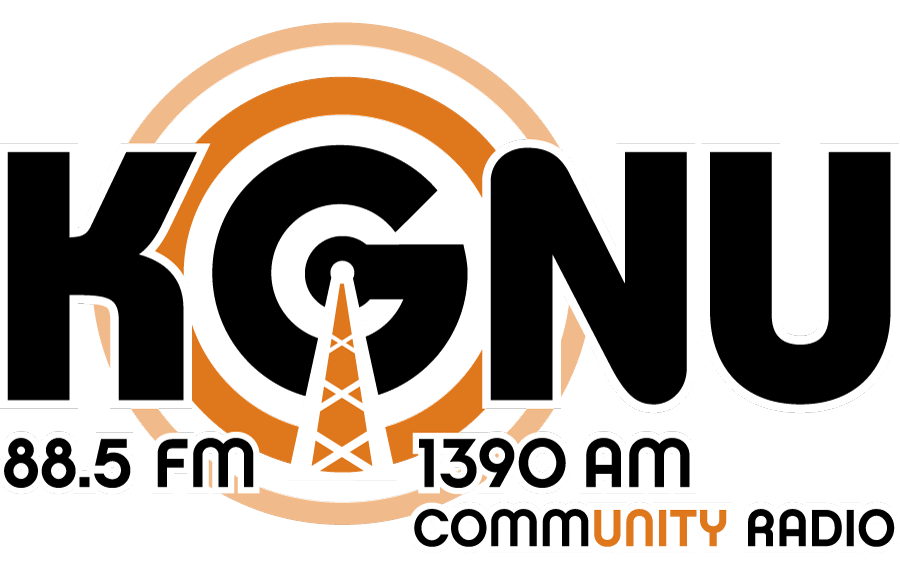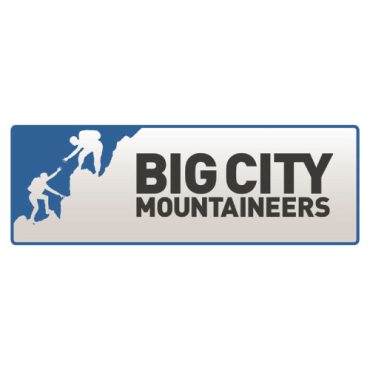“This river corridor just by itself is worth about $4 million to the local economy, just the river corridor.”
3 years ago, flood waters rushed down the Big Thompson River through Estes Park and eastward to Loveland destroying whole stretches of the river channel and adjoining roads. That flood echoed a similar one 40 years ago that killed 144 people, destroyed countless homes and decimated the river bed. Now, roads are being repaired and the eco-system is slowly recovering, and that recovery is crucial for the economy of local communities.

Benjamin Swigle is an Aquatic Biologist with Colorado Parks and Wildlife. He’s giving some last minute safety reminders to his team who are about to start the annual fish count on the Big Thompson
The old adage of not mixing water and electricity doesn’t apply here. The fish count team walk through the water with electrodes that emit a small charge…not enough to kill the fish…just enough to stun them so they can be scooped up for the fish count.
Every year in Fall, biologists count the fish. Swigle says the condition of the fish can give you an overall view of the river’s health.
“What we’re indirectly measuring through the trout is how much bug life is going on, if there’s enough food in there. Availability of clean gravel, essential for reproduction.”

Every fall, biologists count the fish to get an overall view of the river’s health. A healthy river means a lot of healthy fish…trout in this case, rainbow and brown. And a healthy fish population means a healthy local economy with jobs dependent on the fishing and recreation industry. Jack Deloose knows all about that…he has been a fishing guide in Estes Park for 4 years.
“We get an awful lot of people, we’ll probably end up with 600 people that will fish with us this year. People come to Estes Park for a lot of reasons and fishing is one of them.”
An estimated 50,000 anglers descend on this area annually spending on average $103 each on everything from fishing guides and equipment to lodging and food. On this fall morning, Jeff Anderson from Austin Texas is enjoying a day’s angling on the Big Thompson with his wife Elizabeth. The couple enjoy bass fishing at home and decided to try their hand with the trout while visiting Estes Park.
“We’re here for many things, one of them just so happened to be fishing. We saw that it was available here and a beautiful creek and that’s why we’re doing it.”
Each angler on average spends $103 per trip. That adds up to a significant impact on the local economy says aquatic biologist Ben Swigle.
“This river corridor just by itself is worth about $4 million to the local economy, just the river corridor, then you add the lake, then you obviously add the rocky mountain national park and the whole package is multi million dollars of infusion of funds into this economy.”
The biologists conduct the count at two separate sites. This area is in good shape. There are shallow spots where the fish like to spawn, and rock pools for winter habitat. Further downstream, it’s a different story says Swigle.
“What’ you’ll find downstream is that there’s just not a lot of diversity, all the timber was removed from the river, a lot of the fine gravel was removed. The large boulders that were in the middle of the channel which provide holding habitat were displaced or used actually to rebuild the road.”
Immediately after the 2013 flood the fish population there was zero. It slowly recovered but a concrete spill into the water earlier this year during road repairs set the recovery back.
Permanent repairs have begun on the parts of the river and adjoining highway that were most damaged by the floods, but Swigle says the repairs will also tackle problems dating back 40 years.
“We’ve been educated from 2 floods, 1976 and 2013 and in both cases the flood won and the river lost and now we’re building a road that is resilient in the face of flooding so when it happens again and it will, we won’t have to spend $500 million to repair the road.”
Raising the adjoining road and creating a wider floodplain will help this river cope with future floods.
After collecting the fish, the task of counting, weighing and measuring them begins. The number of fish in this stretch amounts to almost 4,000 total per mile, indicating a healthy section of the river. Further downstream, as predicted, the fish count is much lower, in the low hundreds of fish per mile. But Swigle is hopeful that those numbers will improve in the future.
“Ultimately we’d like to see the number of trout that we found here, downstream in the same abundance. It will be hopefully above the flood stage in the river because it is multi stage and has a connected floodplain, won’t need to be reworked.”
Repairs on that lower stretch started in October and will likely continue through June 2017. It’s a multi million dollar project, but it will be money well spent for the local economy if it means more river to fish in and recreate on.
-
 play_arrow
play_arrow
Connecting The Drops: Big Thompson River Recovery kgnu
After taking two passes at the river, the process of counting, measuring and weighing the fish begins. If there is a healthy ecosystem with a lot of bugs, you get fat fish…too many short skinny fish and the river could be in trouble.
The number of fish in this stretch amount to 3,897.47 total fish per mile, slightly down from last year, but possibly due to the fish count happening earlier in the season. Overall, this stretch of river appears healthy. Further downstream the fish count is much lower, the low hundreds of fish per mile. But Swigle says he’s confident that those numbers will improve in future fish counts.
“Ultimately we’d like to see the number of trout that we found here, downstream in the same abundance.”
Connecting the Drops is made possible through a grant from the Colorado Foundation for Water Education with support from CO Bank.
-
 play_arrow
play_arrow
Connecting The Drops: Big Thompson River Recovery kgnu
Podcast: Play in new window | Download


















